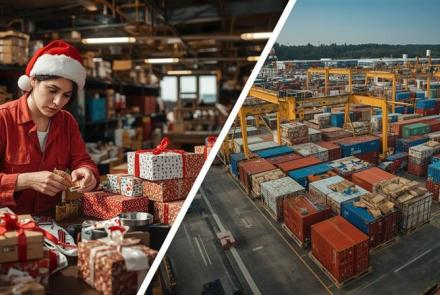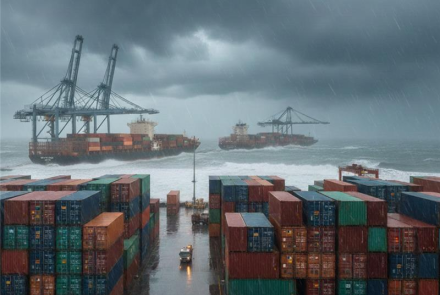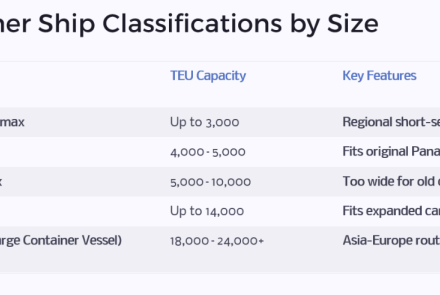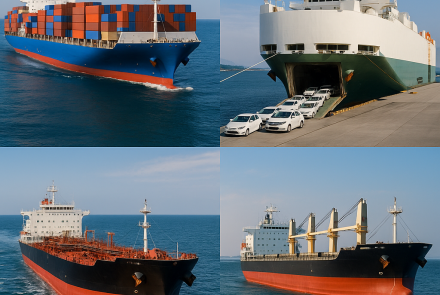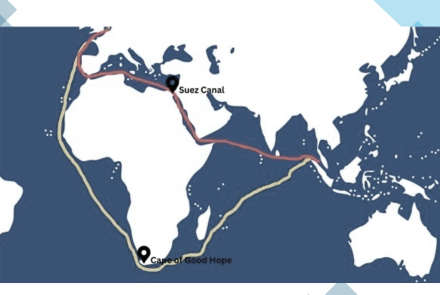THE IMPACT OF THE PREVAILING CONTAINER SHORTAGE CRISIS ON SUPPLY CHAIN
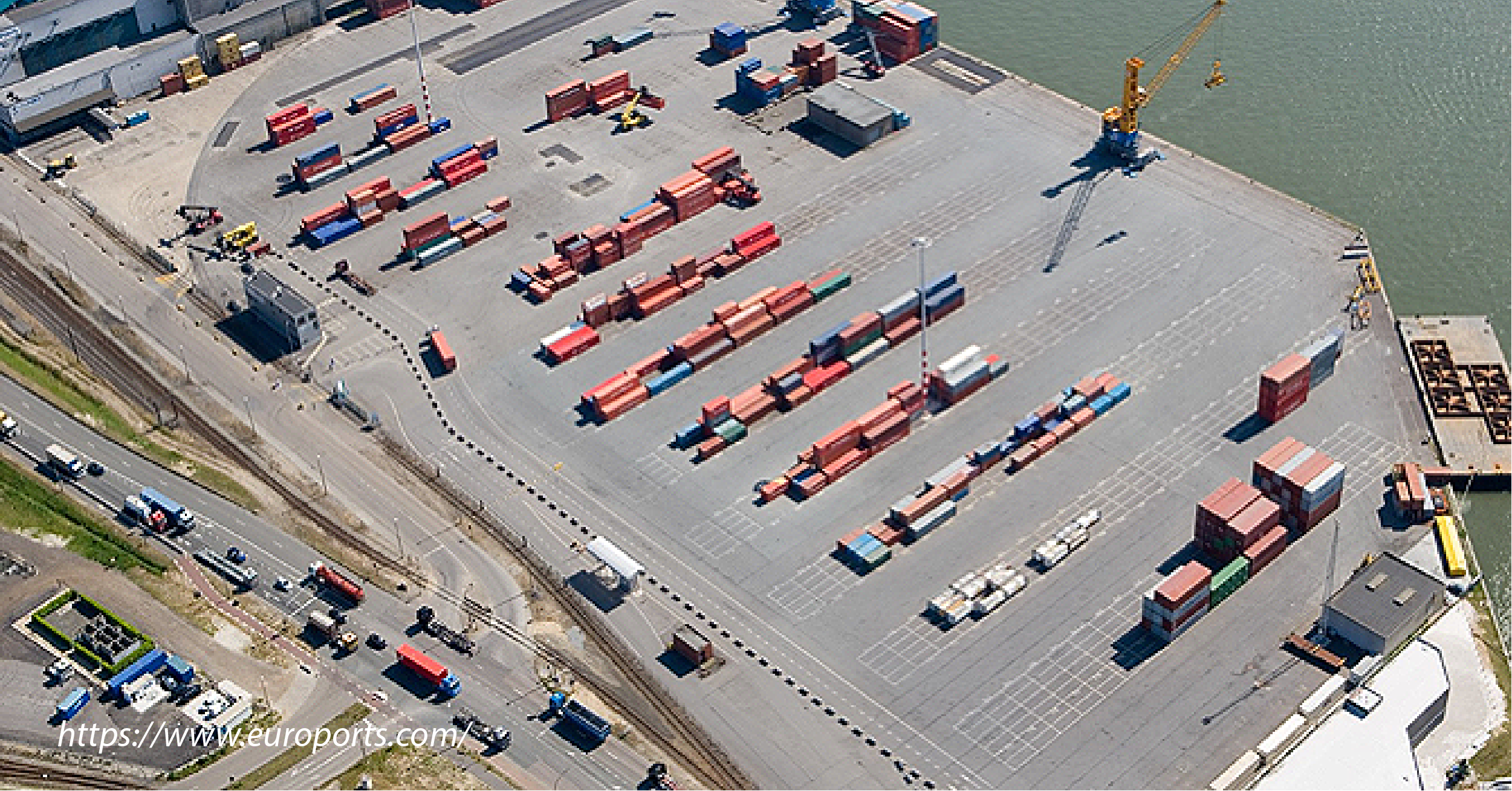
Shipping containers are the essence of international trade. Recent unforeseen events, which began with the pandemic, left freight shipping in dire circumstances. The global shortage of containers led to a series of related setbacks down the supply chain, disrupting international trade and commerce. Every product that reaches the remotest corners of the world travels across the seas, railroads, and highways shielded in corrugated metal boxes we know as shipping containers. World trade that was gripped by the container shortage crunch, curiously enough, happened because the containers were not reaching the markets where they were needed most for export trade. So understandably, the problem was not one of short supply of containers, but simply the fact that empty containers were in the wrong places. From computer chips to heavy industrial machinery and basic raw material, the scarcity of containers delayed deliveries and raised freight charges, leading to increasing cost of consumer goods.
The pandemic led to a situation where many countries world-over were forced to impose lockdowns that restricted the movement of people and curtailed industrial production, leading to a slump in economic growth. International trade, which depends so much on shipping, was affected because shipping lines began limiting their voyage schedules. This stopped the smooth flow of goods and also led to an unprecedented situation where empty containers began piling up at ports of discharge and inland depots without getting repositioned to places where they were needed.
The drastic reduction in international trade during the early phase of the pandemic disrupted the normal flow of shipping containers back and forth among the trading countries. The paucity of containers at locations where they were required for export of goods saw shipping freight charges spiraling to record levels. To compound matters, many ports were affected by reduced workforce at terminals and fewer trucks for inland trips. Every event led to delays in vessel movement and restrictions on the volumes of cargo that would have been shipped in normal circumstances.
The outbreak of Covid-19 two years back forced China and the manufacturing hubs nearby into lockdowns, shutting down most manufacturing activity. Container ships that were then already sailing out of Asia dropped off countless containers with goods in the ports of America. The restrictions from the pandemic meant these containers could not be loaded with goods for export to Asian countries, and neither could they be repositioned in an empty state.
Towards the beginning of 2021, international trade started returning to normalcy, and consumers began purchasing again. But by then, the inundated ports were struggling to keep pace with loading and unloading containers quick enough to keep up with the rush of vessels waiting offshore. Ships, which were already sailing behind schedule because of the congestion at ports, preferred to dump empty containers behind rather than wait weeks to load them again. Containers thus continued to pile up at major import centers and got into short supply at major export hubs.
Delays
The impact of the global shipping container shortage has been such that continuous delays are seen at major ports, creating a massive backlog of products waiting to be shipped from the Asian export markets to Europe and America.
Rising freight charges
Port delays have directly contributed to a spike in shipping costs. In December last year, the Asia-Northern Europe rates more than doubled in spot rates compared with the rates in 2019. Congestion at the destination ports forced companies to part with higher freight charges because of the additional charges imposed by the shipping lines.
Container Line Contracts
Many exporters renewed shipping contracts at higher rates to dodge the high spot market rates. Spot rates and container contract rates remain at record levels, yet there’s no assurance on getting a guaranteed berth.
Human resources
The developments post pandemic have amply validated the importance of personnel working at the ports. When the epidemic first hit, many strategic ports closed down, leading to a shipping backlog. Higher work volumes, congestion in destination ports and the need for COVID-19 protocols have slowed the process of cargo handling. All these factors translate into a widening rift in managing the shipping container shortage crisis.
Industry analysts predict that the container shortage will eventually correct itself. With passing time, circumstances will change, the blockages will be cleared and normalcy in buying patterns will return.
Found this article interesting? You can read other blogs from VS&B that are loaded with a wealth of information from the world of container shipping.
The VS&B Containers group, based in Chennai, is a strategic supplier of new and used shipping containers since 1996. The company’s fleet comprises dry containers, reefers, flat-rack containers and open top containers. VS&B offers customers the choice to pick used and new containers from across the world via their wide network of depots and stock. The company is primarily engaged in container trading, container leasing and empty container repositioning. It operates another division that develops software solutions for the logistics industry. Beyond fulfilling your container needs, VS&B takes pride in investing in your long-term success.
Please contact traders@vsnb.com and get your containers on time!
Note:
Facts and figures in the blog are obtained from reliable sources on the internet.
- Log in to post comments


